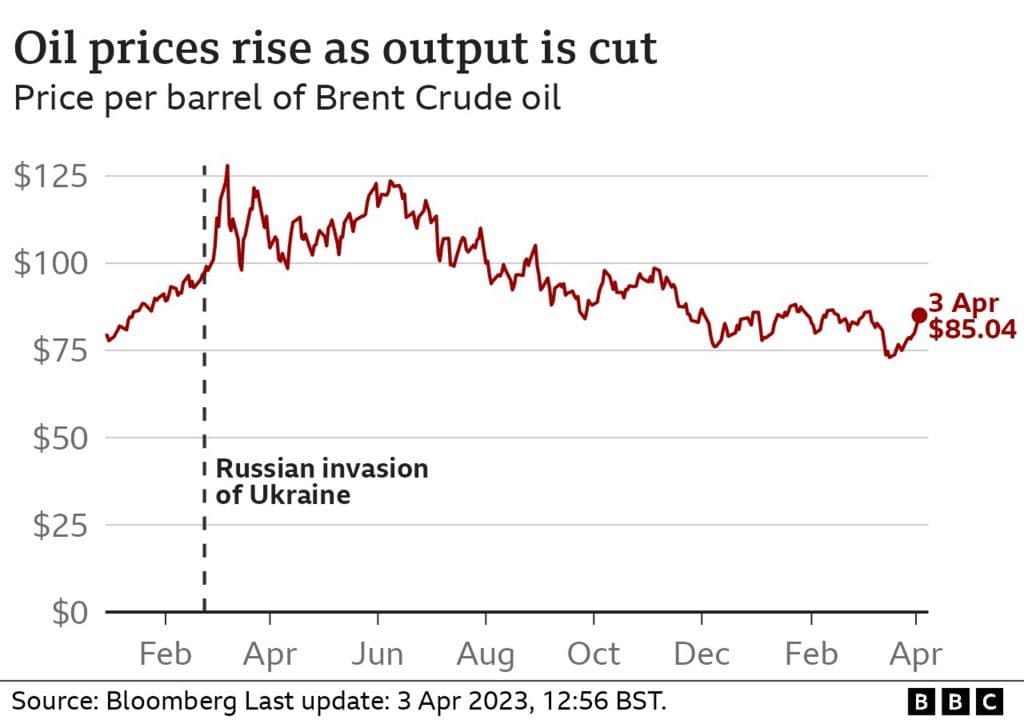Japan Crafts ¥21.3 Trillion Stimulus, Largest Since Pandemic
Japan’s new government is finalising a ¥21.3 trillion fiscal package aimed at easing household cost pressures and boosting strategic industries, a draft seen by Reuters shows. The plan matters because it could lift near term growth while stoking market concerns about heavier bond issuance and further yen weakness.

Japan is preparing a sweeping fiscal package worth about ¥21.3 trillion, a draft government document shows, marking the largest stimulus measure since the COVID era. The plan, equivalent to roughly $135 billion, is centered on near term relief for households and stepped up investment in technology heavy industries, while additional private and public funding could push the total program to about ¥42.8 trillion.
The draft allocates about ¥17.7 trillion in general account spending and around ¥2.7 trillion in tax cuts, with measures designed to blunt rising everyday costs and shore up long term competitiveness. Household support would include a reported one time payment of ¥20,000 per child, a gasoline tax cut to ease pump prices and other direct relief aimed at consumption. Strategic investments would target artificial intelligence, semiconductors and shipbuilding, sectors the government argues are critical for industrial resilience.
The cabinet is preparing approval this week and plans to submit a supplementary budget targeted for late November, with parliamentary approval sought by year end according to the draft. That accelerated timetable reflects a desire to deliver relief and investment before year end, and to crystallize spending plans ahead of the next fiscal year.
Markets reacted promptly to the prospect of increased government borrowing. Observers flagged that heavier bond issuance to fund the package could put upward pressure on long term yields and exacerbate recent yen weakness. The yen has shown vulnerability in recent months, and analysts warn that large additional supply of government debt could complicate the Bank of Japan’s policy stance and the broader effort to stabilize the currency.
The package reflects a balancing act between near term economic support and longer run fiscal sustainability. Japan already carries one of the highest public debt burdens among advanced economies, and policymakers must weigh the benefits of stimulating demand and upgrading industrial capacity against the costs of more debt issuance. The inclusion of tax cuts alongside targeted spending signals a dual approach intended to boost consumption directly and sustain business investment via strategic subsidies.
From an economic perspective, the measures are likely to provide a modest boost to consumption in the short run, particularly if the child allowance and gasoline tax cut are disbursed quickly. Investment in AI and semiconductors could help address structural challenges, including aging demographics and the need for productivity gains, though such returns accrue over years rather than months.
Political and market risks remain. Parliamentary approval is not guaranteed and the final mix of spending and financing could change during legislative deliberations. Financial markets will watch closely for details on bond issuance timing and scale, and for any implication the package has for Bank of Japan policy. For households facing higher living costs, the package offers immediate relief. For investors and policymakers, it raises questions about the trade offs between demand support and fiscal discipline as Japan navigates its post pandemic recovery.

